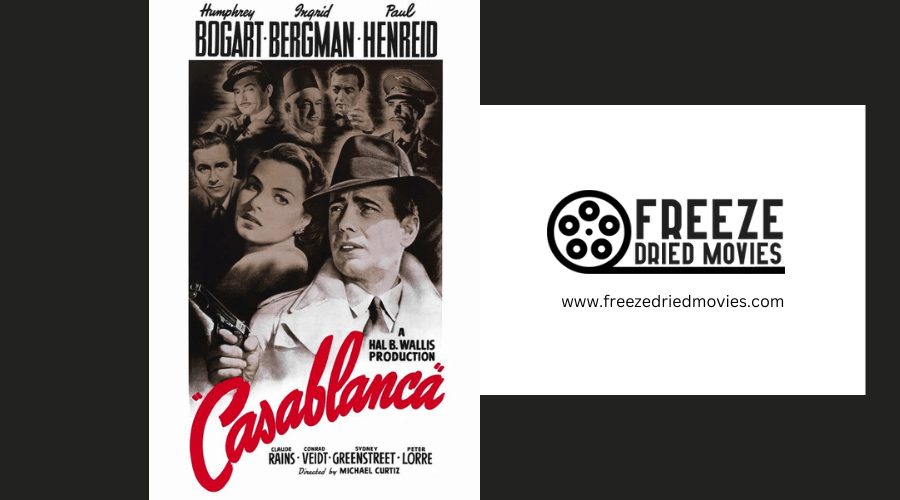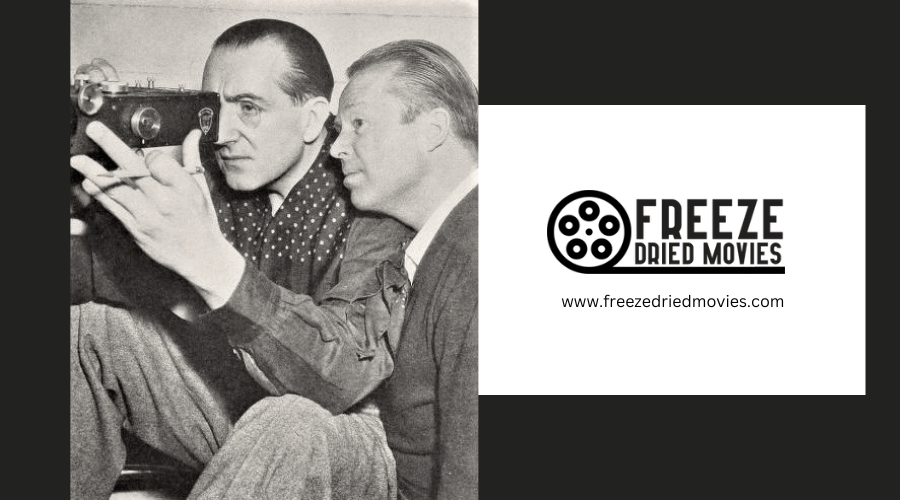What Are the Top Must-See 1950s Westerns for Film Enthusiasts?

For enthusiasts of classic cinema, the 1950s were a golden era for Westerns, producing several films that are essential for viewing today. 'High Noon,' starring Gary Cooper, is celebrated for its suspenseful, real-time narrative leading up to a climactic duel. 'The Searchers,' featuring John Wayne, delves into complex themes of obsession and redemption set against the vast American frontier. 'Shane' stands out for its impressive cinematography and the psychological exploration of its characters. 'Rio Bravo,' with Dean Martin, skillfully combines tension with deep character development. Lastly, '3:10 to Yuma' captivates with its exploration of intense moral conflicts within a tightly woven plot.
Each of these films offers more than entertainment; they are cultural artifacts that reflect and challenge the morals and values of their time.
Iconic 1950s Westerns
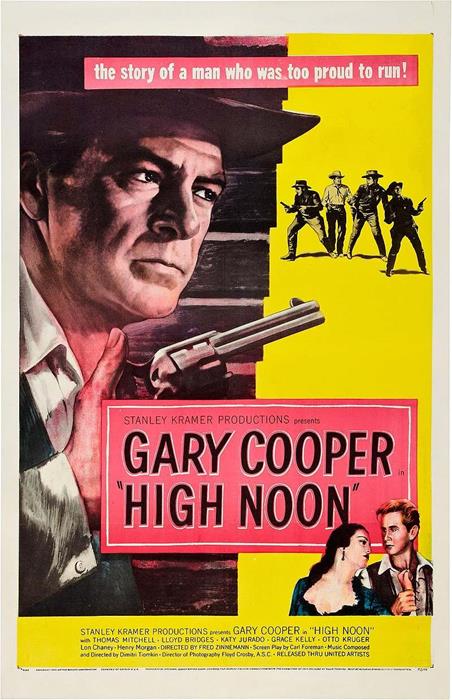
Explore the iconic 1950s Westerns that captivated both audiences and critics. Delve into the tense showdowns and moral complexities that characterize this golden era of filmmaking.
Begin with 'High Noon,' directed by Fred Zinnemann and produced by Stanley Kramer. This groundbreaking real-time narrative builds suspense with each passing minute, culminating in a climactic duel. This film is renowned for its innovative storytelling approach. This gripping tale features Gary Cooper in a career-defining role, bravely confronting his adversaries. The film's intensity and moral questions earned it four Academy Awards, including Best Actor for Cooper.
Next, experience 'The Searchers,' directed by John Ford. It is essential viewing for its deep exploration of themes such as redemption and obsession. John Wayne delivers a compelling performance as a man driven by vengeance, offering a critical examination of the consequences of relentless pursuit. This film is often hailed as a masterpiece, with John Wayne delivering one of his most memorable performances. The narrative explores themes of revenge and redemption across starkly beautiful landscapes, enhancing the film's dramatic impact.
Don't overlook 'Shane,' directed by George Stevens. This film introduces Alan Ladd as a mysterious gunslinger who impacts a farming community and attempts to escape his violent past. The film is celebrated for its stunning visuals and thoughtful portrayal of the psychological effects of violence. 'Shane stands out for its compelling story and visually stunning cinematography, making it a landmark in Western cinema.
'Rio Bravo,' directed by Howard Hawks, is noted for its robust character interactions and suspenseful storyline. John Wayne shines once again, showcasing his iconic status in Western cinema. The movie combines suspense and brotherhood in a story starring Dean Martin and Ricky Nelson. The film is renowned for its well-crafted plot and dynamic character interactions, which contributed to its high acclaim.
'3:10 to Yuma,' directed by Delmer Daves, is a compelling narrative centered around moral dilemmas and challenging decisions, with performances that reflect the evolving narratives of the era in Western films.
Each of these films not only defines the 1950s Western genre but also offers a window into the cultural narratives and values of the time. These films reflected broader societal issues through the lens of cinema. Each film is a cornerstone of the Western genre, offering unique insights and cinematic innovations that continue to influence filmmaking today.
Groundbreaking Western Films
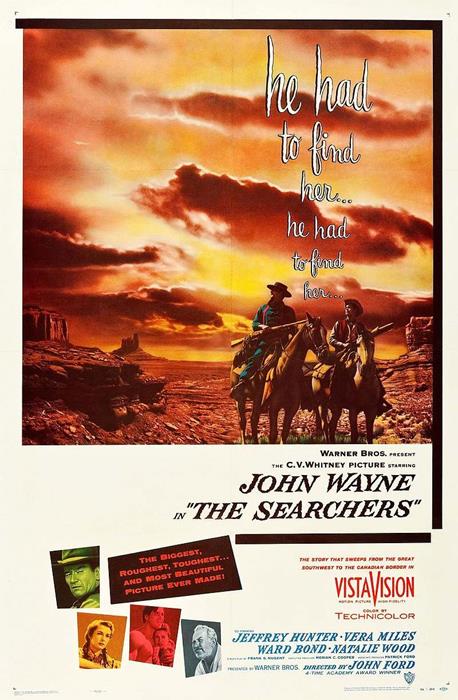
Explore these seminal Western films from the 1950s, each distinguished by its innovative storytelling and deep themes that transformed the genre. These films not only entertain but also stimulate reflection, pushing the traditional limits of Western cinema.
Here are the films you should explore:
- Shane (1953): Directed by George Stevens and featuring Alan Ladd, this film is acclaimed for its emotional depth and breathtaking cinematography. It transcends the simple dichotomy of good vs. evil, offering a nuanced exploration of the human condition.
- High Noon (1952): Starring Gary Cooper, this film departs from conventional storytelling by employing a real-time narrative to amplify suspense. It presents a nuanced examination of bravery and responsibility, noted for its ethical complexity and stark realism.
- The Searchers (1956): Starring John Wayne and directed by John Ford, this epic delves into the complex themes of obsession and redemption. The film is celebrated for its compelling depiction of the harsh landscape and intricate human emotions.
Additional films like *The Big Country* and *3:10 to Yuma*, directed by William Wyler and Delmer Daves, respectively, further highlight the 1950s as a pivotal decade for Westerns. Performances by Gregory Peck and Gary Cooper exemplify the evolving portrayal of heroic figures in cinema, making these films crucial for any film aficionado.
Memorable Western Characters
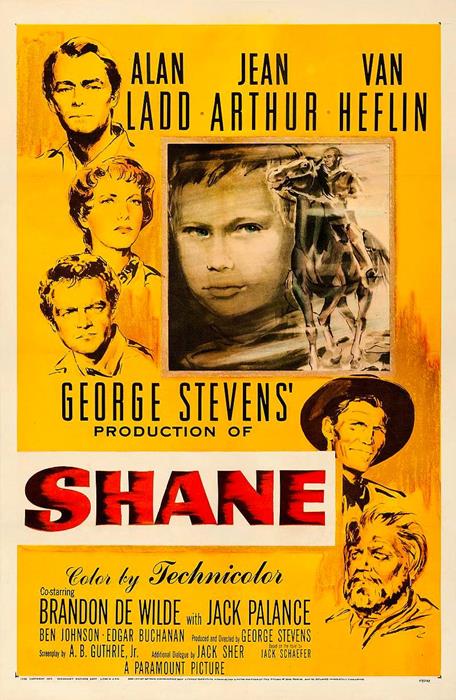
In the realm of 1950s Western films, iconic characters not only drive their stories but have also set benchmarks in cinematic history. John Wayne's portrayal of Ethan Edwards in 'The Searchers,' exemplifies this by presenting a character driven by revenge yet layered with complex emotions and rugged individualism. This role redefined the Western hero, intertwining moral ambiguity with the traditional cowboy archetype, thereby enriching the genre's narrative complexity.
Alan Ladd, in his role as Shane, introduces a mysterious, stoic figure whose sparse dialogue and significant presence add depth to his film. Shane epitomizes the enigmatic loner, a character type that blends action with psychological depth through pivotal scenes like the classic bar fights, showcasing a balance between action and character development.
Lee Van Cleef's portrayal of Angel Eyes in 'The Good, The Bad, and The Ugly' stands as a quintessential Western villain. His performance, marked by a chilling demeanor and strategic cruelty, captures the essence of a character that audiences are drawn to despise, enhancing the film's dramatic tension.
In 'Rio Bravo,' the film excels in character development, moving beyond typical Western shootouts to explore complex human relationships within a Wild West setting. This approach allows for a deeper connection with the characters and a richer, more engaging narrative.
These characters from 1950s Westerns not only fulfill their roles within their respective narratives but also contribute significantly to the evolution of character archetypes in the Western genre, ensuring their lasting impact on film history.
Themes in 1950s Westerns
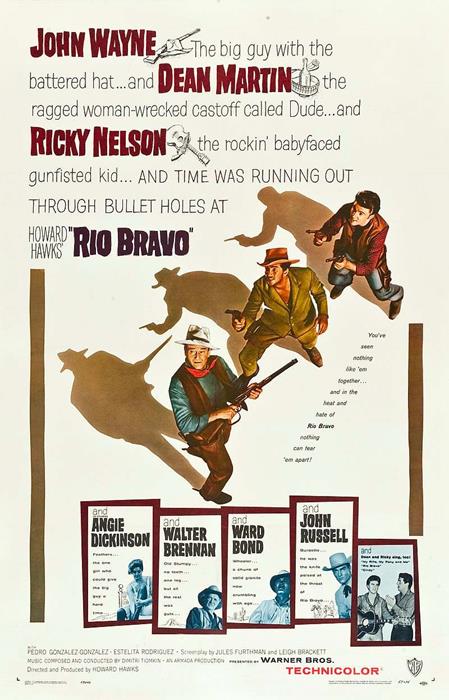
1950s Westerns delved deep into themes of justice, moral complexity, and the challenges of frontier life, reflecting the era's societal dilemmas. These films were more than mere entertainment; they served as a reflection of human nature and American values. Key themes included the interaction between law enforcement and the nuanced dynamics between settlers and Native Americans, exploring deeper societal issues.
Here are three central themes from the era:
- Conflict and Coexistence: The portrayal of the ongoing conflict and attempts at coexistence between settlers and Native Americans addressed historical tensions and explored themes of honor and duty.
- Moral Ambiguity and Redemption: Characters often encountered moral dilemmas that blurred the lines between right and wrong, highlighting their internal and external battles with ethics, leading to paths of redemption.
- Rugged Individualism and Heroism: The depiction of self-reliant heroes confronting the wilderness or societal corruption emphasized the American ideal of individualism.
These themes illustrate how 1950s Westerns probed moral considerations, the responsibilities of duty, and the quest for justice, contributing to their enduring impact and relevance in film history.
Conclusion
As you delve into the 1950s Westerns, you'll discover films set against stark landscapes featuring intense duels and moral dilemmas. These movies are more than mere entertainment; they probe deep into themes of morality, justice, and the American ethos.
Iconic characters from these films have become symbols of cultural identity, while the innovative storylines often challenged the norms of the era. Each movie provides a distinct perspective on a transformative period in cinema history.
Prepare to be captivated by these classic Westerns that offer both historical insight and timeless storytelling.



